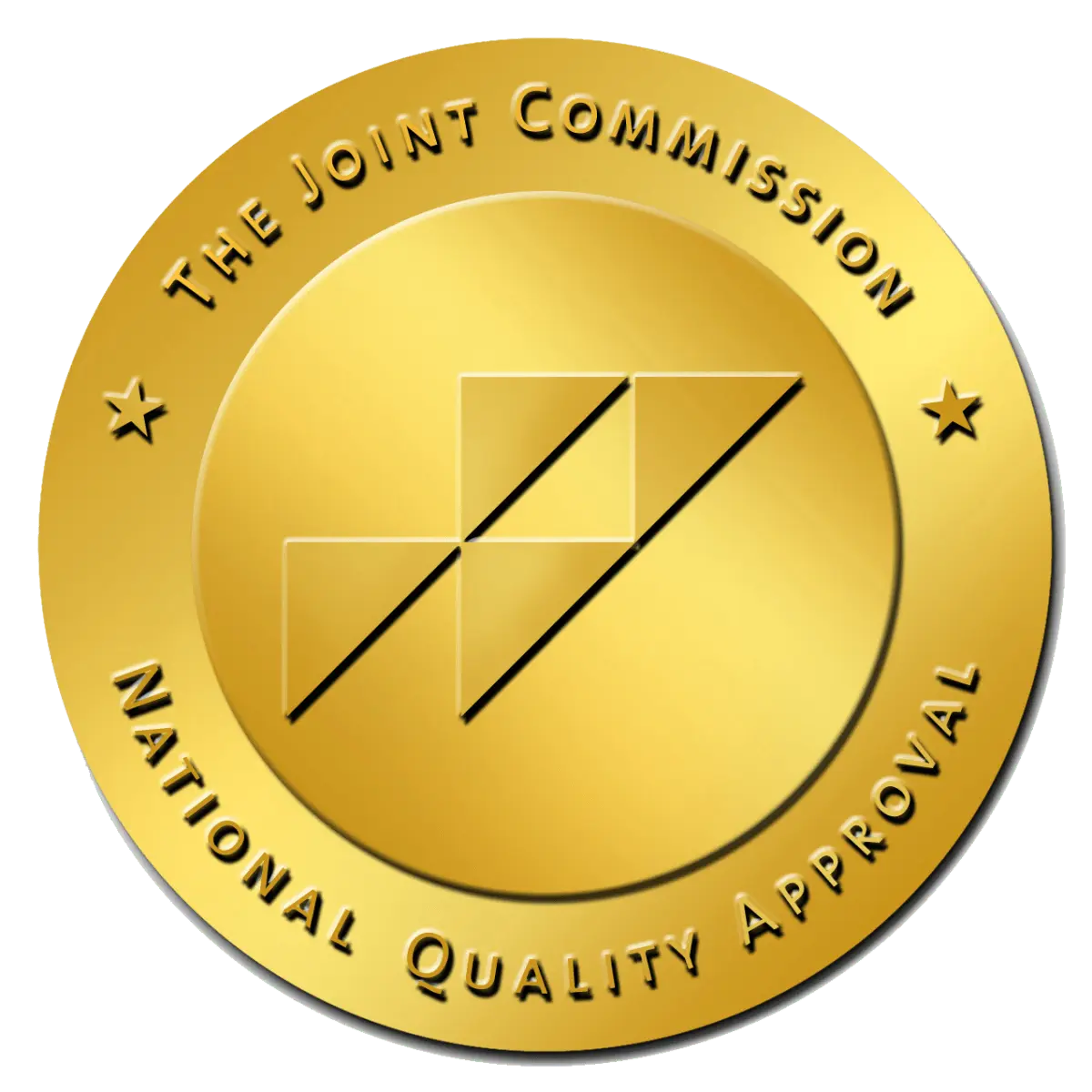Klonopin, or clonazepam, stays in the system for an extended period due to its long half-life, which ranges from 18 to 50 hours. This means that it takes one to two days for half of the drug to leave the body. However, complete elimination can take up to five to seven days, with traces potentially lingering longer for individuals who have used the medication regularly or in high doses. In some instances, Klonopin may be detectable for up to 10 days or more. Detection windows also depend on the testing method, with urine tests identifying the drug for seven to ten days and hair tests detecting it for up to 90 days.
The time Klonopin remains in the body varies based on dosage, frequency of use, metabolism, and overall health. Individuals with slower metabolisms, impaired liver function, or higher body fat percentages may process the drug more slowly, leading to longer retention times. These considerations are critical for those preparing for detoxification, as the lingering effects of Klonopin can impact withdrawal timelines and symptom severity. Medical supervision during detox is essential to ensure safety, manage withdrawal symptoms, and create a path to long-term recovery.
What Is Klonopin and How Does It Work?
Klonopin, or clonazepam, is a prescription benzodiazepine primarily used to treat anxiety disorders, panic attacks, and certain seizure disorders. It works by enhancing the activity of gamma-aminobutyric acid (GABA), a neurotransmitter in the brain responsible for reducing nerve activity. By amplifying GABA’s calming effects, Klonopin helps suppress overactive nerve signals, resulting in sedative, anti-anxiety, and muscle-relaxant effects. This makes it particularly effective for managing conditions involving heightened nervous system activity, such as epilepsy or acute anxiety episodes.
However, Klonopin’s long half-life and potency make it a medication with a high potential for misuse and dependence. When used outside prescribed guidelines or for prolonged periods, the brain can become accustomed to its effects, leading to tolerance, where higher doses are needed to achieve the same results. Over time, this can result in physical and psychological dependence, increasing the risk of withdrawal symptoms when the medication is reduced or discontinued. In some cases, misuse can escalate into addiction, where the medication is used compulsively despite adverse consequences. This underscores the importance of proper medical oversight and caution when using Klonopin.
How Long Does Klonopin Stay in Your System?
Klonopin’s duration in your system depends mainly on its long half-life, which ranges from 18 to 50 hours. A half-life refers to the time it takes for half of the drug to be eliminated from the body. Because of this, Klonopin can take several days—often up to 5 to 7 days—to be fully processed and excreted. In some cases, particularly with long-term use or high doses, traces of Klonopin may linger in the body for up to 10 days or even longer.
Different testing methods can detect Klonopin for varying lengths of time. Blood tests typically identify the drug 1 to 5 days after the last dose, while urine tests, the most common method, may detect it for 7 to 10 days. Hair follicle tests provide the most extended detection window, with traces remaining for 90 days. Saliva tests have a shorter detection period, usually up to 5 days. These timelines can vary based on individual factors such as metabolism, dosage, frequency of use, and overall health, making it essential to understand how the body processes Klonopin, especially during detox or medical evaluations.
Factors That Affect How Long Klonopin Stays in Your System
Several factors influence how quickly your body metabolizes and eliminates Klonopin:
- Dosage and Duration of Use
Higher doses or prolonged use of Klonopin can lead to longer detection times. - Age and Metabolism
Older individuals or those with slower metabolic rates may process the drug more slowly. - Body Fat Percentage
Klonopin is lipophilic, meaning it binds to fat cells. People with higher body fat percentages may retain the drug longer. - Liver Function
Since the liver metabolizes Klonopin, individuals with impaired liver function may experience slower elimination. - Hydration Levels
Staying hydrated can aid in eliminating Klonopin through urine, potentially shortening detection times. - Concurrent Substance Use
Combining Klonopin with other substances, including alcohol or opioids, can affect its metabolism and clearance from the body.
Understanding Klonopin Withdrawal and Detox
Klonopin withdrawal can be a challenging and potentially dangerous process, particularly for individuals who have developed a dependency. Symptoms of withdrawal typically begin within one to three days after stopping the medication and can include anxiety, insomnia, irritability, sweating, tremors, muscle pain, and, in severe cases, seizures. The intensity of these symptoms often depends on the duration and dosage of Klonopin use, making withdrawal a profoundly individual experience.
Due to the significant risks associated with benzodiazepine withdrawal, medical supervision during detox is essential. Abruptly discontinuing Klonopin can lead to life-threatening complications, including severe seizures. A gradual tapering process, managed by healthcare professionals, is the safest approach. This method helps minimize withdrawal symptoms while ensuring the individual’s physical and emotional well-being. At Villa Oasis, we provide expert care for those facing benzodiazepine dependency, offering a luxurious and supportive environment to navigate detox and recovery with comfort and dignity.
How Villa Oasis Supports Individuals Facing Klonopin Dependency
Villa Oasis provides comprehensive care for individuals struggling with Klonopin use and dependency. Our facility combines evidence-based therapies with holistic treatments in a serene, luxury setting. Here’s what sets us apart:
- Medical Detox Services
Our medical team monitors clients 24/7 during detox, ensuring their safety and comfort as Klonopin is gradually eliminated from their system. - Luxury Accommodations
Clients can recover in private rooms with high-end amenities, including gourmet meals, spa services, and recreational areas. - Holistic Therapies
In addition to traditional therapies, we offer holistic treatments like yoga, meditation, and acupuncture, which can help alleviate withdrawal symptoms and promote overall well-being. - Benzodiazepine-Specific Treatment Plans
Each client receives an individualized treatment plan tailored to their unique needs, focusing on the challenges of benzodiazepine addiction. - Continuum of Care
From detox to outpatient services, we provide ongoing support to help clients achieve long-term sobriety.
One common issue during Klonopin withdrawal and recovery is benzo belly, a term used to describe bloating, abdominal discomfort, and digestive issues caused by benzodiazepine use or withdrawal. This condition can be particularly distressing for individuals in recovery.
At Villa Oasis, we incorporate nutrition counseling and holistic treatments to address symptoms of benzo belly. Focusing on gut health and overall wellness, we help clients restore balance and feel their best during recovery.
The Importance of Professional Support – Villa Oasis Addiction Treatment
Quitting Klonopin without medical help can be risky. Withdrawal symptoms can be unpredictable and sometimes severe, requiring immediate attention. At Villa Oasis, we provide the care and support needed for a safe and effective detox. Many individuals also experience Effexor withdrawal alongside benzodiazepine dependency, making professional guidance essential for managing both safely. If you or someone you know is struggling with Klonopin dependency, Villa Oasis is here to help. With personalized treatment plans, luxury accommodations, and a focus on holistic healing, our compassionate team is dedicated to guiding you toward lasting recovery. Contact us today to begin your journey to a healthier, substance-free life in a safe and supportive environment.




